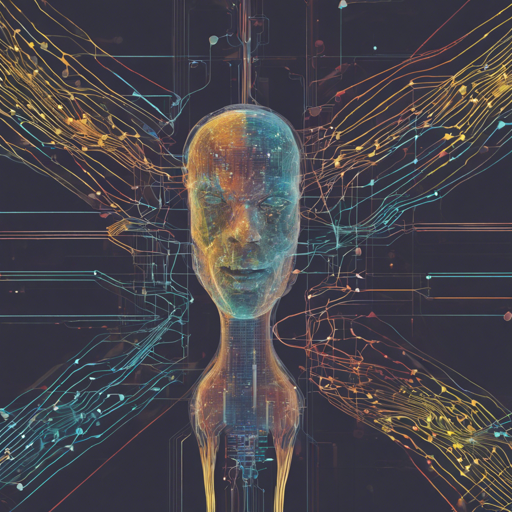Welcome to your guide on navigating the exciting world of generative deep learning through the official code repository for the second edition of O’Reilly’s *Generative Deep Learning: Teaching Machines to Paint, Write, Compose, and Play*. This article will help you kickstart your journey with the codebase while providing useful insights into troubleshooting common issues.
Understanding the Codebase
The codebase is an extensive collection poised to enrich your understanding of generative deep learning. It is structured around three main parts:
- Part I: Introduction to Generative Deep Learning
- Generative Modeling
- Deep Learning
- Part II: Methods
- Variational Autoencoders
- Generative Adversarial Networks
- Autoregressive Models
- Normalizing Flows
- Energy-Based Models
- Diffusion Models
- Part III: Applications
- Transformers
- Advanced GANs
- Music Generation
- World Models
- Multimodal Models
- Conclusion
Getting Started
Ready to dive in? Follow these steps to set up your environment effectively!
Kaggle API Setup
To access some datasets mentioned in the book, you’ll need to set up a Kaggle account and API token:
- Sign up for a Kaggle account.
- Go to the Account tab of your user profile.
- Select Create API Token. This will download a file called
kaggle.jsonwhich contains your API credentials.
Creating the .env File
Create a .env file in the root directory with the following configurations:
JUPYTER_PORT=8888
TENSORBOARD_PORT=6006
KAGGLE_USERNAME=your_kaggle_username
KAGGLE_KEY=your_kaggle_key
Getting Set Up with Docker
This codebase is designed to run using Docker. Don’t worry if you’re unfamiliar; a guide to Docker is included in the Docker README file within this repository.
Building and Running the Docker Image
Here’s how to build and run your Docker image:
- If you do not have a GPU, run this command:
docker compose build - If you have a GPU, use this command instead:
docker compose -f docker-compose.gpu.yml build
To run the container:
- If you do not have a GPU:
docker compose up - If you have a GPU:
docker compose -f docker-compose.gpu.yml up
After the container starts, access Jupyter in your browser at http://localhost:8888.
Downloading Datasets
The codebase includes a data downloader helper script. Run the downloader by executing:
bash scripts/download.sh [faces, bricks, recipes, flowers, wines, cellosuites, chorales]Utilizing TensorBoard
TensorBoard is a fantastic tool for monitoring your model training progress. To launch TensorBoard, use:
bash scripts/tensorboard.sh CHAPTER EXAMPLEReplace CHAPTER and EXAMPLE with the specific chapter and example you’re working on.
Visit TensorBoard in your browser at http://localhost:6006.
Troubleshooting
If you encounter issues:
- Ensure your Docker installation is up to date.
- Check your
.envfile for typos or incorrect values. - If you have trouble with the Kaggle API, verify your credentials in the
kaggle.json. - For more insights, updates, or to collaborate on AI development projects, stay connected with fxis.ai.
Conclusion
At fxis.ai, we believe that such advancements are crucial for the future of AI, as they enable more comprehensive and effective solutions. Our team is continually exploring new methodologies to push the envelope in artificial intelligence, ensuring that our clients benefit from the latest technological innovations.

